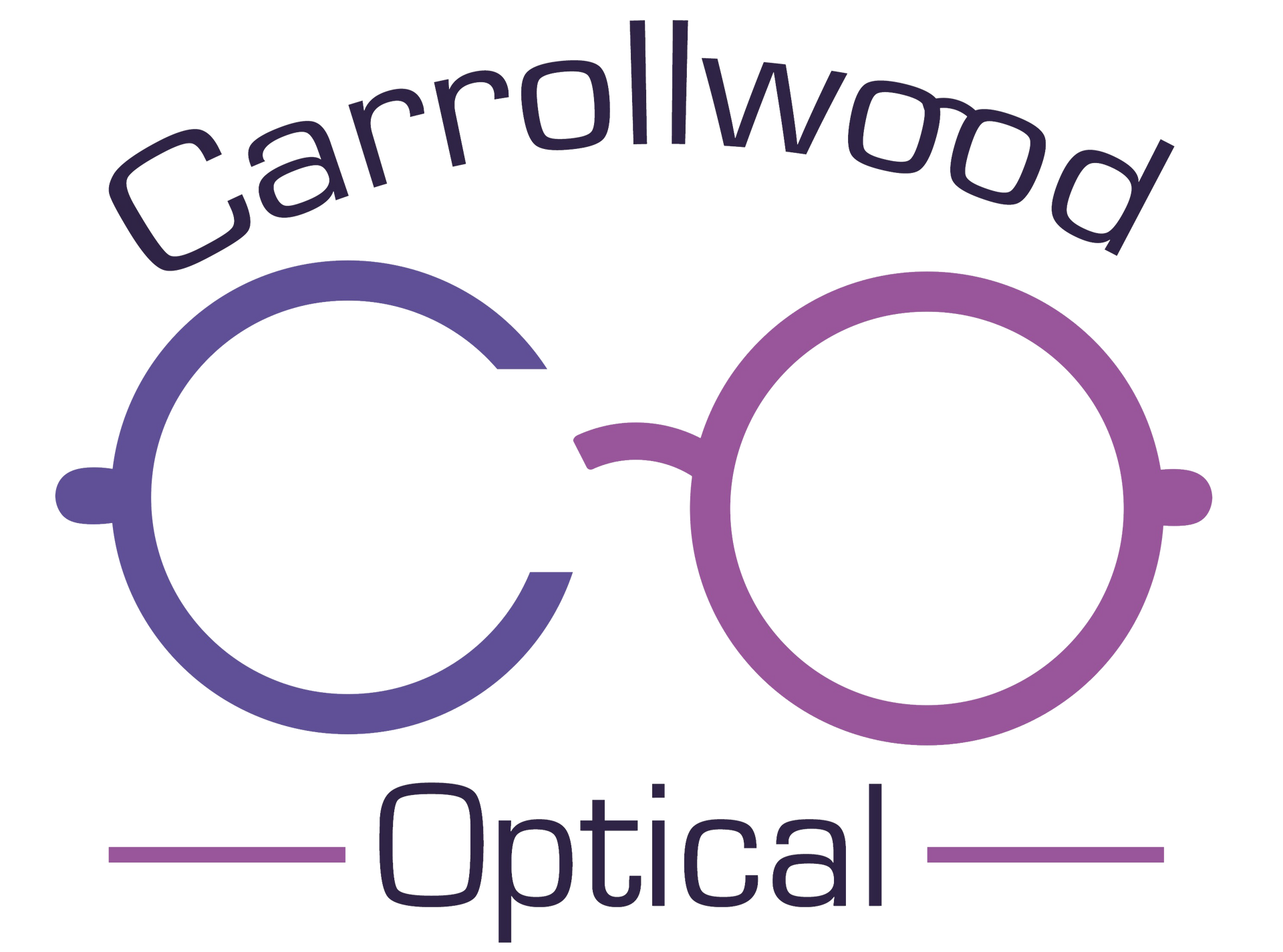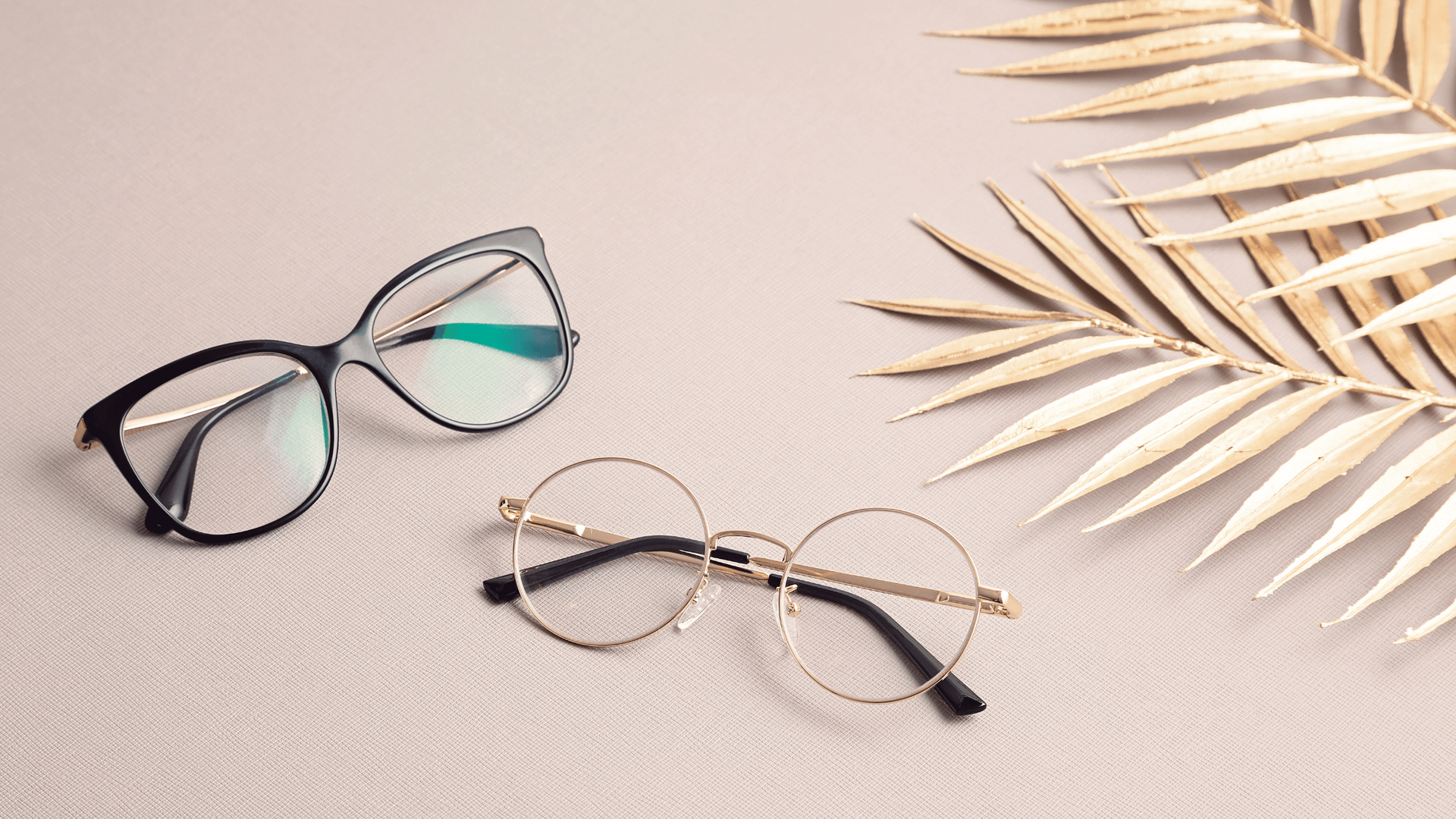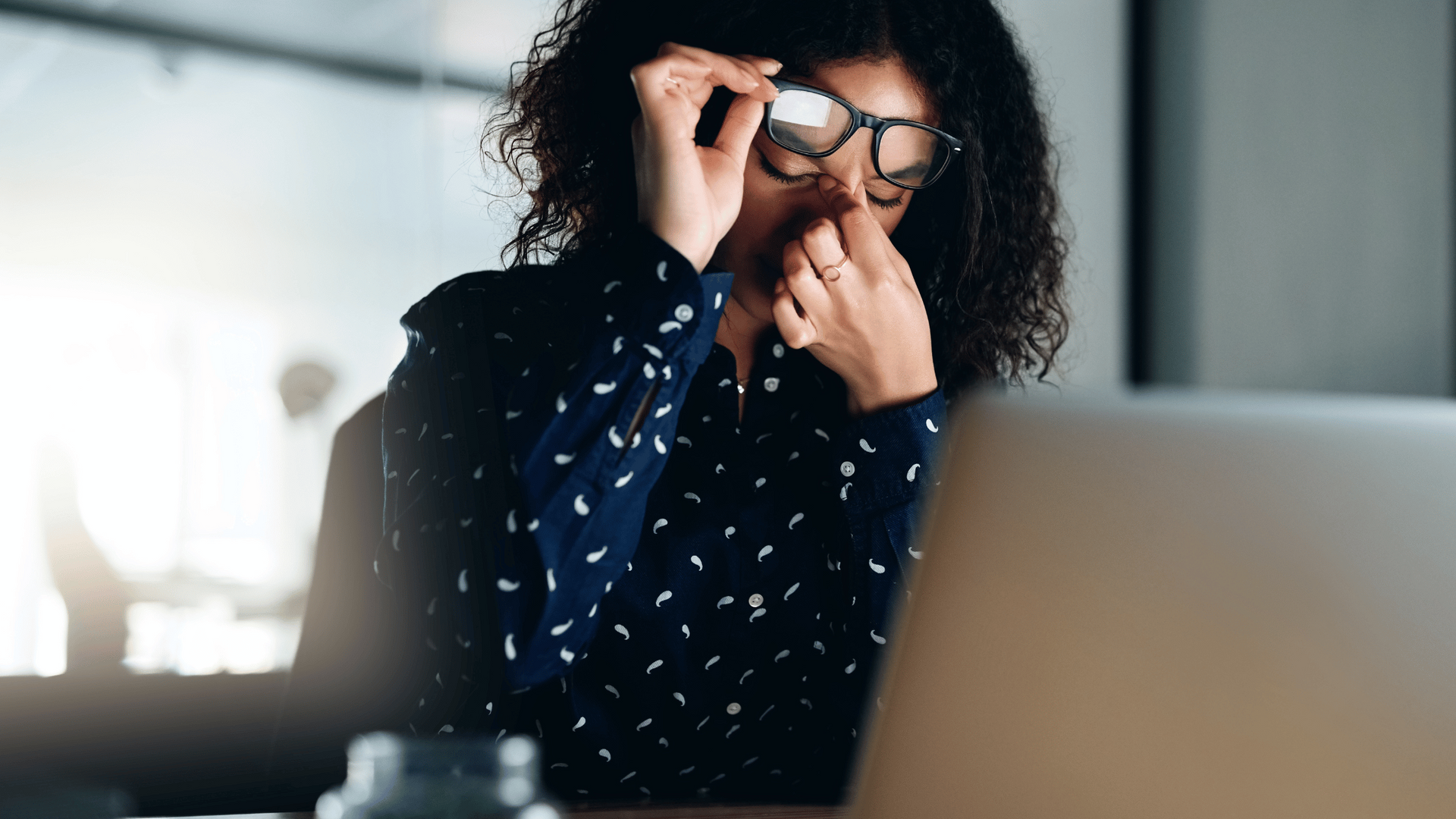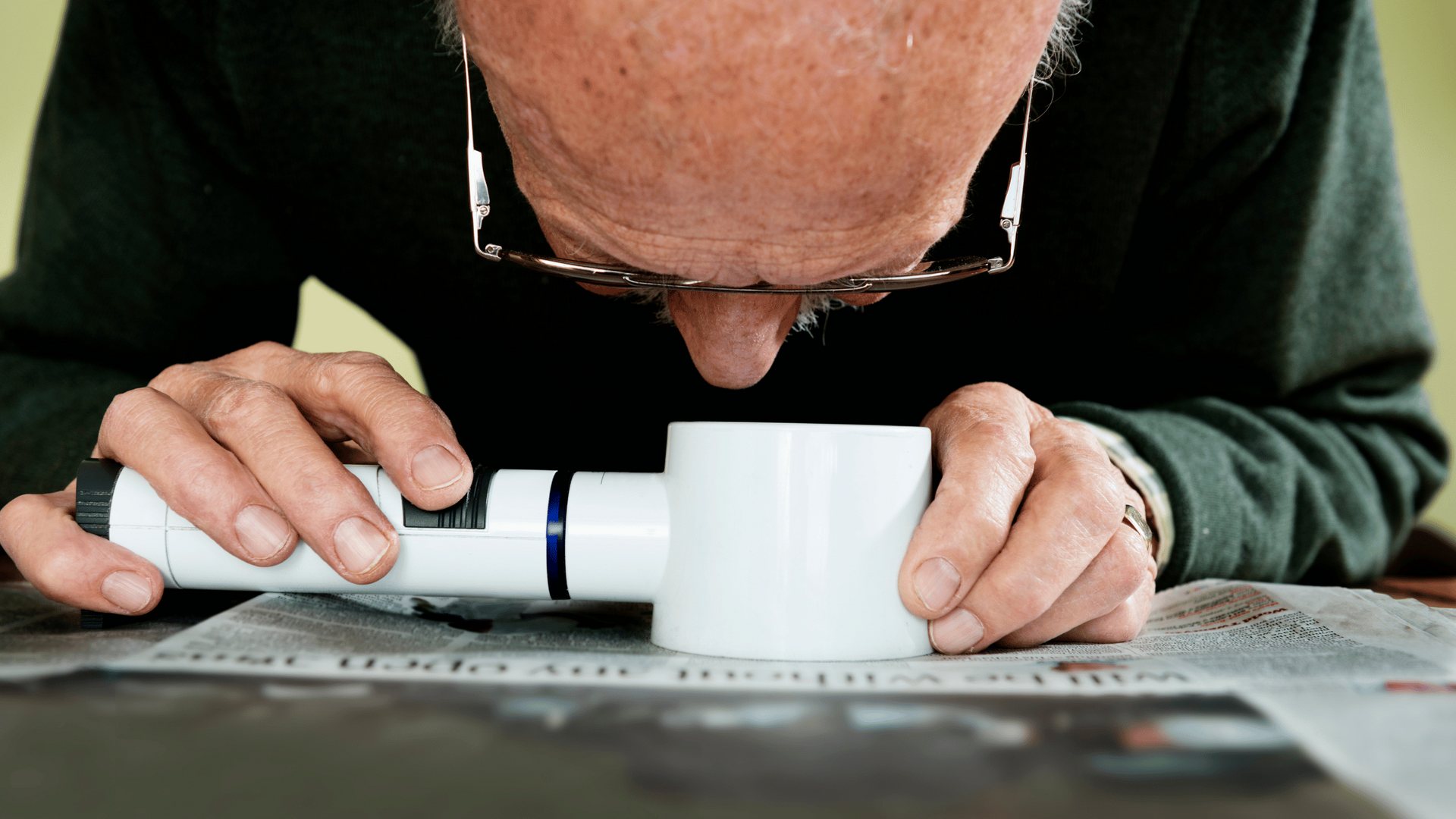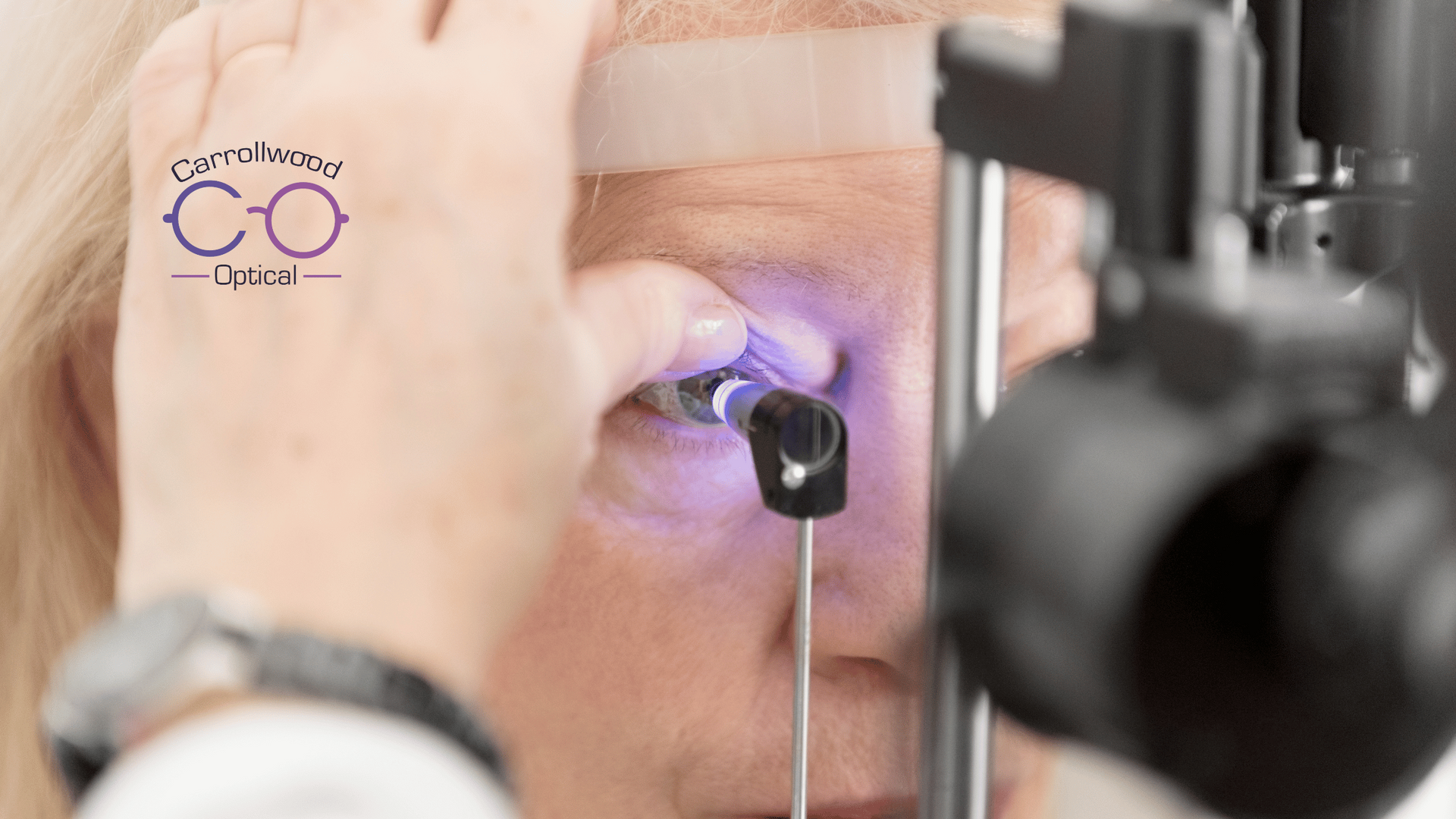Solar Eclipse Viewing: 5 Tips to Protect Your Eyes.
As the total solar eclipse on April 8 th approaches, it’s essential to be prepared. Not just for the awe-inspiring experience, but also for eye protection when viewing a solar eclipse . At Carrollwood Optical , we understand the excitement surrounding such events, but we also prioritize your eye health above all else. And when viewing one of these incredible events, solar eclipse eye protection should always be your number one priority. Keep on reading as we delve into the science behind solar eclipses, the potential risks to your vision, and most importantly, how to enjoy the event safely.
Understanding Solar Eclipses.
A solar eclipse occurs when the Moon passes between the Sun and Earth, casting its shadow on our planet. This rare alignment results in the Sun being completely obscured, leaving only its outer atmosphere, the corona, visible to observers on Earth. These spectacular events captivate both astronomers and the general public alike.
-
Frequency and Occurrence
Total solar eclipses are relatively rare events, occurring approximately once every 18 months somewhere on Earth. However, they are only visible from specific locations along the eclipse path, often spanning a narrow band across the Earth’s surface. The duration of totality, when the Sun is completely covered by the Moon, typically lasts for a few minutes at most.
-
Path of Totality
The path of totality refers to the narrow corridor along which an eclipse is visible. Outside this path, observers may witness a partial solar eclipse, where only a portion of the Sun is covered by the Moon. It’s crucial to be within the path of totality to experience the full splendor of this astronomical event.
Solar Eclipses and the Risks for Eye Damage.
While the allure of witnessing an eclipse is undeniable, it’s essential to be aware of the potential risks posed to eye health . Staring directly at the Sun , even during an eclipse, can cause serious and irreversible eye damage .
-
Solar Retinopathy
The primary concern associated with viewing a solar eclipses is solar retinopathy , a condition caused by the Sun’s intense radiation damaging the retina. The retina is the light-sensitive tissue at the back of the eye responsible for transmitting visual information to the brain. When exposed to excessive sunlight, particularly during an eclipse, the delicate cells of the retina can become permanently damaged, leading to vision impairment or even blindness.
-
Symptoms of Solar Retinopathy
Symptoms of solar retinopathy may not immediately manifest following exposure to the Sun. However, over time, individuals may experience:
- Blurred or distorted vision
- Central blind spot
- Increased sensitivity to light (photophobia)
- Loss of visual acuity
It’s crucial to seek immediate medical attention if you experience any of these symptoms after viewing a solar eclipse without proper eye protection.
5 Safety Tips for Solar Eclipse Viewing.
Fortunately, with the right precautions, you can safely observe the upcoming total solar eclipse without risking your eye health. Here are 5 essential tips to ensure a safe viewing experience:
1️⃣ Use Solar Eclipse Glasses.
The most effective way to protect your eyes during a solar eclipse is by using certified solar viewing glasses. These specialized eclipse glasses are equipped with solar filters that block harmful ultraviolet (UV) and infrared (IR) radiation, allowing you to view the Sun safely. When selecting eclipse glasses, ensure they meet the ISO 12312-2 safety standard for solar filters .
2️⃣ Properly Inspect Your Eclipse Glasses.
Before using eclipse glasses in Tampa , carefully inspect them for any signs of damage or wear. Ensure there are no scratches, holes, or punctures in the lenses that could compromise their protective capabilities. Additionally, verify that the glasses are compliant with safety standards and have not expired.
3️⃣ Never Look Directly at the Sun.
Even with solar viewing glasses, it’s essential to avoid looking directly at the Sun for an extended period. Prolonged exposure to the Sun’s intense radiation can still pose a risk to your eyes, particularly during a solar eclipse. Instead, use your solar viewing glasses to periodically glance at the Sun while taking breaks to rest your eyes.
4️⃣ Explore Alternative Viewing Methods.
If you’re unable to obtain solar viewing glasses or prefer not to use them, there are alternative methods for safely observing a solar eclipse. One option is to create a pinhole projector using cardboard or a similar material, allowing you to view a projected image of the eclipse without directly looking at the Sun. Additionally, you can use telescopes or binoculars equipped with solar filters to safely view the eclipse.
5️⃣ Educate Others.
Spread awareness about the importance of eye safety during solar eclipses by educating friends, family, and colleagues. Encourage others to use proper eye protection and share information about safe viewing practices to prevent vision-related injuries.
As we eagerly anticipate the total solar eclipse on April 8th, let’s prioritize the safety of our eyes and vision. By following this solar eclipse viewing guide and using appropriate eye protection, you can enjoy this marvel without compromising your eye health. Remember, the thrill of witnessing a total solar eclipse is fleeting, but the importance of safeguarding your vision lasts a lifetime. If you have any concerns about your eye health or vision, don’t hesitate to contact us at Carrollwood Optical . Your Tampa optometrists are here to ensure your eyes remain healthy and protected for years to come.

Join our mailing list for exclusive offers.
You have been added to our newsletter! Thank you!
Please try again later
Contact Us:
You can also find us here:
Hours:
Monday: 9:00 am - 5:30 pm
Tuesday: 9:00 am - 6 pm
Wednesday: Closed
Thursday: 9:00 am - 6 pm
Friday: 9:00 am - 5:00 pm
Saturday: Closed
Sunday: Closed
